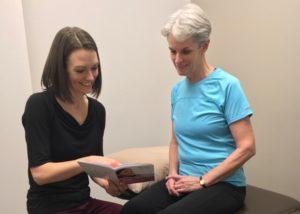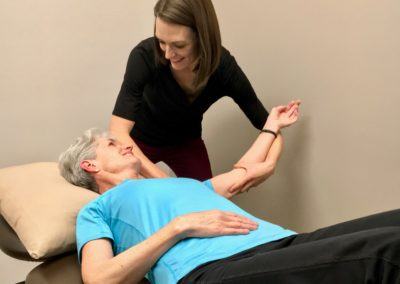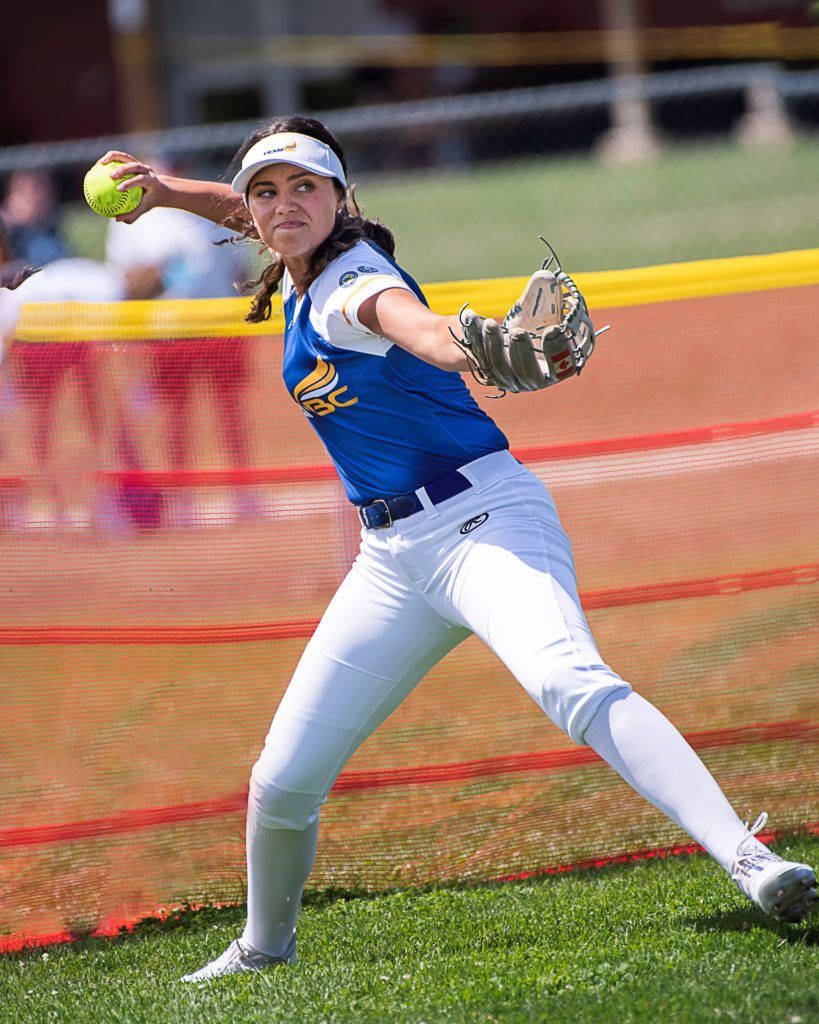1 in 2 women will develop cancer over the course of their lifetime, with 1 in 8 women being diagnosed with breast cancer.
With advancements in screening and detection, women are being diagnosed at younger ages. With improvements in surgical and adjuvant treatment, survivorship rates are increasing. This results in many women being alive for many years after a diagnosis, but perhaps not living the way they did pre-diagnosis because of their diagnosis and side effects from treatment.

Why Physiotherapy?
While the rest of the medical team is focused on reducing, elimination and hopefully, curing the disease, physiotherapists focus on FUNCTION. Physiotherapists consider all aspects of a biopsychosocial approach to engage, and empower, patients in their recovery. Physiotherapists work with their patients to achieve meaningful goals to help improve quality of life. Physiotherapy can help to reduce pain, improve mobility and strength, increase participation in activities of daily living and/or hobbies and increase ability to exercise.
Physiotherapy is helpful at any stage after a diagnosis of cancer, and intervention can be divided into four stages.
Prehab
In most cases, there is very little time between diagnosis and surgical intervention, leaving no time for any “prehabilitation”. If there is sufficient time before surgery is planned, physiotherapy treatment can help improve mobility, strength and function and provide education about what to expect immediately post-surgery and guidance on how to start rehabilitation in the early recovery days.
Surgery Recovery

Adjuvant Treatment
In some cases, surgery is the only treatment needed, but in many other cases, chemotherapy, radiation therapy, immunotherapy or hormone therapy may be required as well. Medical interventions, chemotherapy and radiation therapy can have significant side effects such as fatigue and mental fogginess, and as contrary as it may sound, exercise can help improve fatigue levels. Knowing how to initiate or continue exercise during this period can be very difficult without guidance, and your physiotherapist can help navigate this period. Physiotherapists can provide guidance on appropriate exercise or activity, pacing, energy conservation, sleep and relaxation, all the while continuing to work on any functional deficits that may be lingering post-surgery.
Survivorship
Once medical treatment is finished, what comes next? Even though the medical management of cancer may be complete, for many women with cancer, that does not mean that life is back to normal. There is often ongoing worry about recurrence, and any new physical symptom can set off alarm bells that the cancer has returned. Some women may still feel the lingering side effects of medical treatment including fatigue, lower activity level and/or weakness, and may not function at their pre-diagnosis level. Continuing physiotherapy treatment after medical and treatment for cancer is complete can help women to regain strength, confidence in their body, and provide monitoring, reassurance or referral if a new symptom arises. Sometimes women realize they may have new physical goals, and physiotherapy can help achieve them.
Summary
Physiotherapy treatment can be a very useful intervention for those with a diagnosis of cancer. Physiotherapy helps shift the focus from illness to wellness, helps women regain body confidence and control, and helps to improve all aspects of physical functioning. Unfortunately, many women are not aware that there is a service that can help.

Leigh combines her training and experience in orthopedics, the Integrated Systems Model, and chronic pain with the PINC Cancer Rehabilitation Program to empower women reach their physical goals. She is working on building awareness in the community about the benefits of physiotherapy for those with a diagnosis of cancer, and hopes to see more and more women seeking out physiotherapy to help them in their journey.








